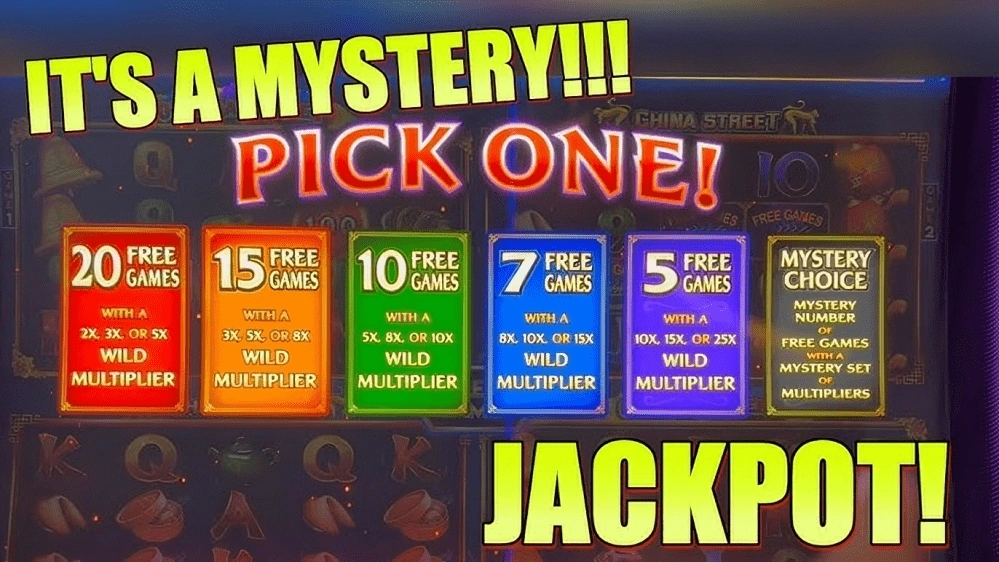Why PlayStation Games Remain Unrivaled in 2025
Since its inception, PlayStation has been at the forefront of gaming innovation, consistently delivering games that define generations. In 2025, the PlayStation ecosystem continues to thrive, offering some of the most visually stunning and narratively engaging games in the industry. The exclusives, in particular, have been a major selling point for Sony, offering experiences that can only be found on the PlayStation console. One such example is Dawn of the Titans, an action RPG set in a beautifully realized ancient world where gods, mortals, and mythical creatures clash in epic battles. The game’s open-world design, detailed environments, tunas4d and deep combat system make it one of the best PlayStation-exclusive titles of the year.
Another standout title is Echoes of the Past, a narrative-driven game that blurs the lines between fantasy and historical fiction. Set in a world where the events of the past influence the present, players navigate through a series of time periods, solving puzzles and uncovering hidden truths about a long-forgotten civilization. The game’s unique time-shifting mechanic has garnered widespread praise for its originality, making it one of the must-play titles for PlayStation enthusiasts.
What makes PlayStation games so compelling is their ability to mix high-quality gameplay with emotionally resonant stories. The Last Echo is one such game that exemplifies the power of storytelling in gaming. In The Last Echo, players are thrust into a post-apocalyptic world where human survival hinges on their choices. The game offers a dynamic narrative, where every decision impacts the world around you. From morally complex dilemmas to action-packed sequences, the game creates a deeply immersive experience that tugs at the heartstrings. The combination of intense combat, emotional storytelling, and visually stunning landscapes has made The Last Echo one of the most talked-about PlayStation games of 2025.
What sets PlayStation apart is the sheer variety of experiences available. Whether you’re a fan of open-world adventures, heart-pounding shooters, or deep RPGs, PlayStation offers something for every type of gamer. Nocturne: Shadows of the Future is another title that showcases PlayStation’s ability to deliver genre-defying experiences. This game fuses elements of horror, sci-fi, and psychological thriller to create a unique narrative-driven adventure. With cutting-edge visuals and an unsettling atmosphere, Nocturne immerses players in a dystopian future where humanity’s last hope lies within their deepest fears.
The multiplayer offerings on PlayStation are equally impressive. Battleforge: Nexus Wars has become a fan favorite, blending real-time strategy with intense online competition. In this game, players build and command massive armies, fighting against other players in strategic, fast-paced battles. What makes Battleforge particularly exciting is its constant evolution; regular updates and seasonal events keep the gameplay fresh and challenging. The PlayStation network’s robust online infrastructure ensures a smooth experience, allowing players to team up or compete against friends around the world.
Looking forward, PlayStation is set to continue its legacy of excellence with upcoming titles like Virtuous Dawn and Aether’s Legacy. These titles promise to take full advantage of the PlayStation 5’s hardware capabilities, delivering even more immersive worlds, realistic characters, and refined gameplay systems. Sony’s dedication to both gameplay innovation and storytelling excellence ensures that PlayStation will remain a leader in the gaming world for years to come. If you’re a gamer looking for cutting-edge experiences, PlayStation is the place to be in 2025 and beyond.





